In today’s leg in Route to O-Season 2020 we take a look at one of the many routechoice legs used in the run-up to the World Orienteering Championships in Norway last summer. The chosen leg is leg 16 in the M21E course from Smaalenelopet 2019.
PS! Please send some tips for interesting legs this way to keep this series going. Legs can be from any year (not only the 2019-season), and you can even make new “fantasy” legs as long as you provide some analysis about the differents routes and why you think one variant is faster/better than the other using your terrain knowledge. Looking forward to hearing from YOU!
The leg is as usually first provided without routes – you may take a look at it and think about how you would attack this leg (if the image is too small, you may click on it to get it larger):
Location
You find other maps from the area in omaps.worldofo.com here. See also latest additions in 3DRerun from this area in order to learn more about this terrain type.
Webroute
Next you can draw your own route using the ‘Webroute’ below. Think through how you would attack this leg, and draw the route you would have made. Some comments about why you would choose a certain route are always nice for the other readers.
Then you can take a look at how the runners have solved this leg below. As you can see, the course setter has made it tempting to go left as it is shorter, and you have to pass a hill just after the control (and pass the line) when going to the right. However, with more path/road running it seems that going right was still faster, although time loesses were moderat when going left. What is your opinon?
Density map
See below for a density map of some of the ones who have drawn their routes so far (available during the day when some readers have drawn their route).
Additional information
You find the complete map in omaps.worldofo.com at this location.
Route to O-Season 2020 series
Route Choice Challenges while waiting for the real action: With the upcoming orienteering season indefinitely on hold in large parts of the the world due to COVID-19, regular orienteering route choice challenges may be one way to make sure those orienteering skills don’t get completely rusty. I’ll try to keep these coming daily, but need help from all of you out there to keep them coming and to keep up a certain quality.
Tips on good route choice challenges – either from races/trainings (even cancelled ones) or theoretical ones with accompanying analysis – are very welcome (please e-mail to jan.net).
Not all legs are taken for the interesting routechoice alternatives – some are also taken because the map is interesting – or because it is not straightforward to see what to do on a certain leg. Any comments are welcome – especially if you ran the event chosen for todays leg!
 World of O News
World of O News
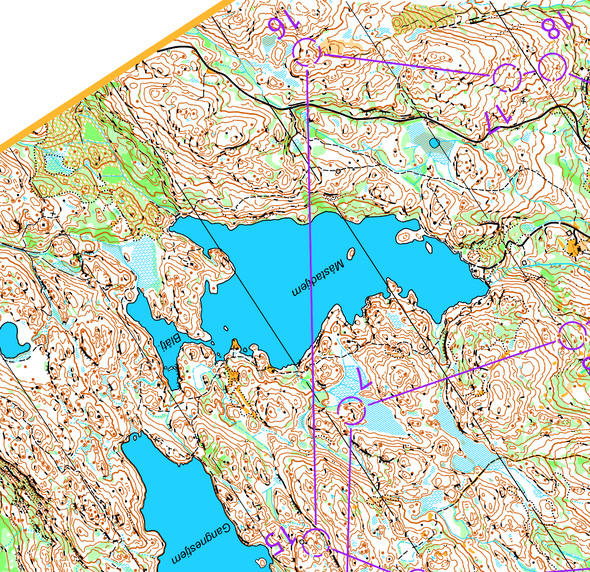
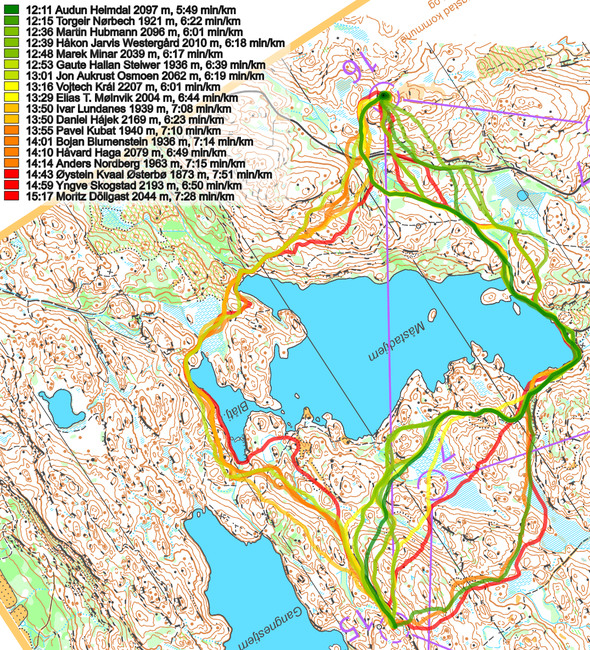
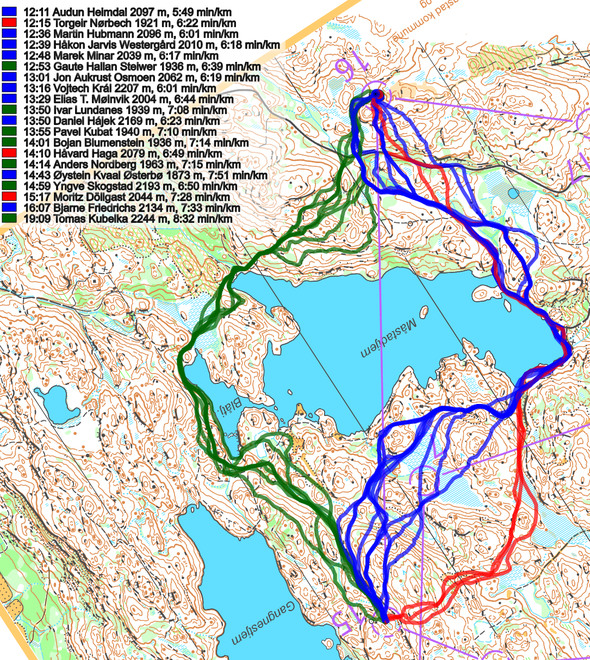
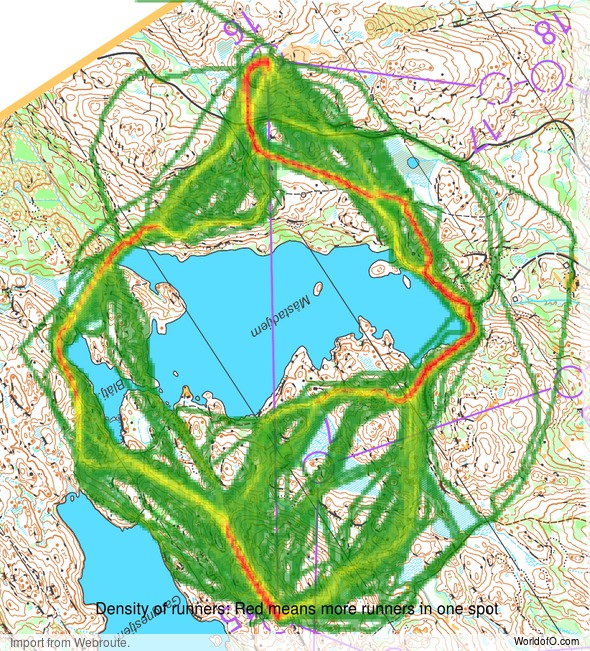
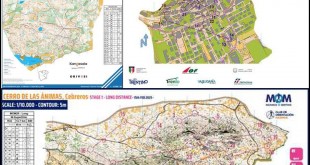



I would be good to know how deep the water is in the narrow lake to the right of the word “Blatj” on the map!
@Cha: You shouldn’t cross it:)
What is the reason you should not cross the water? Was there out of bounds overprint on the map, or were there any special instructions given? Does Norway have any national rules that do not allow runners to cross water?
I’m sure it is so deep you need to swim (when looking at the terrain), and when looking at the GPS-tracking nobody decided to swim, so that’s the reasoning behind. I don’t know about any special rules for swimming in this race, though.
We used to have such a rule (no swimming!), but that one was removed so now you need purple overprint on forest maps. However, since most orienteers here grew up while the rule was still in place, there is a big psychological barrier as well.